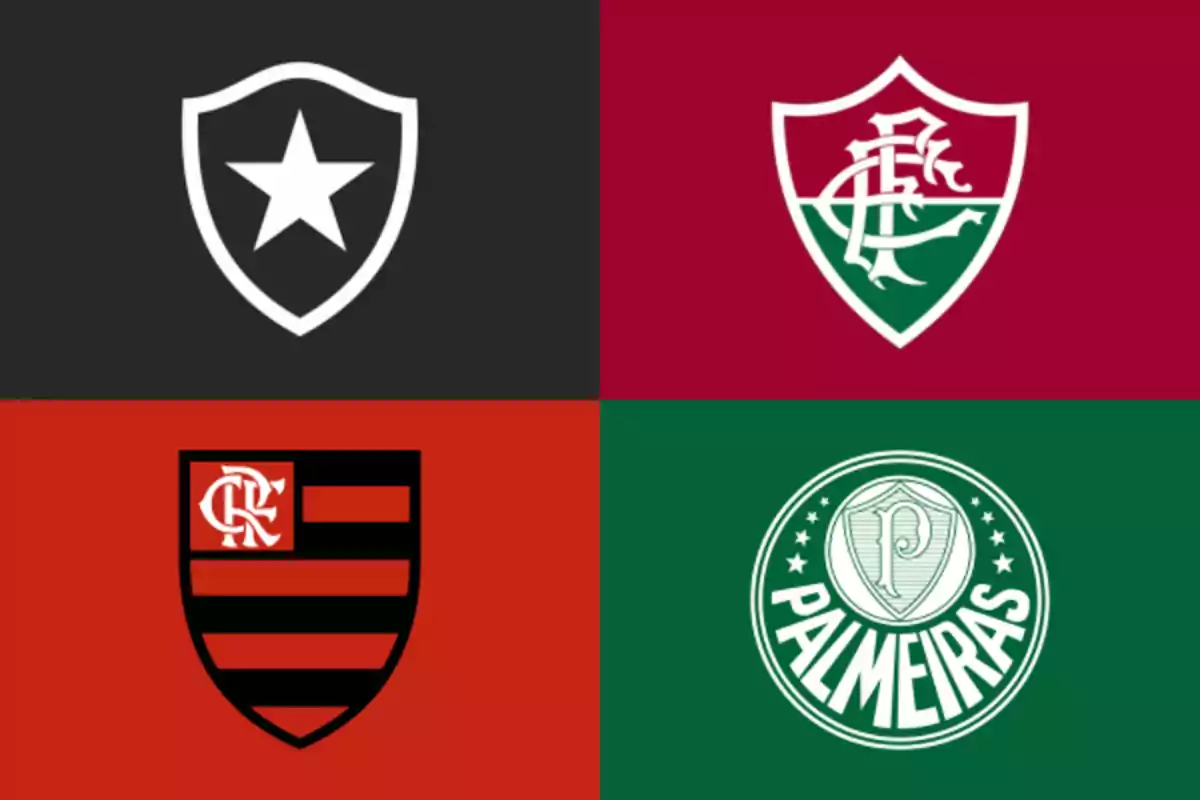
Brazil, the role model: the reasons behind its outstanding present in the Club World Cup
Brazil's success in the tournament reflects a model that has managed to adapt to modern times, balancing passion, management, and results
Brazilian soccer is experiencing an overwhelming present that doesn't go unnoticed at the 2025 Club World Cup. With teams that compete on equal terms with the best in the world, their sporting success is no coincidence, as it is the result of a structure that is increasingly different from the rest of the continent and that combines tradition with modernization.
In this world tournament, Brazil's representatives have not only shown an extremely high level of play, but also deep squads, well-prepared and backed by an organization that allows them to think long-term. The victories, the prominence, and the seriousness with which they approach each commitment reflect the foundations of a system that delivers results.

The fruits of having a competitive tournament and multi-million dollar investments, among others, have enabled Brazilian clubs to dominate South American soccer in recent times, winning the last six Copa Libertadores titles consecutively and showing a high level against Argentine teams, their main regional rivals, who suffer from not having a fixed and competitive league format, and from having absurd restrictions that are becoming obsolete.
Among the key factors that explain this great present are:
- Sports Corporations (S.A.D.): Brazilian legislation allows clubs to become corporations, which has opened the door to significant private investments without losing identity. This has driven the professionalization of the institutions and strengthened their financial capacity.
- A deregulated and competitive soccer environment: Unlike other South American countries, Brazil doesn't impose as many obstacles to club management, which creates a more dynamic environment that can adapt to the times of modern soccer.
- Long and demanding tournaments: The Brasileirao, with 20 teams and a league format, requires maintaining consistency throughout the year. This ongoing competition raises the level and allows teams to reach international tournaments in form and with options.
- Multi-million dollar investments: The combination of legal openness and market interest has led many clubs to receive contributions from foreign and domestic capital, which translates into top-level reinforcements, better facilities, and solid projects.
- State championships with real significance: Despite criticism, regional tournaments remain relevant. In addition to generating revenue and playing time, they are a source of historic rivalries that strengthen the sense of belonging and competitiveness.
- Broad promotion and relegation system: With 4 relegations and 4 promotions, each season generates real tension at both ends of the table. This dynamic promotes meritocracy and frequently renews the map of Brazilian soccer.
- All teams compete for something: Among the international spots, the fight to avoid relegation, regional titles, and economic goals, no club is left out of the competitive map. This prevents apathy and raises the level of the spectacle match after match.
More posts: